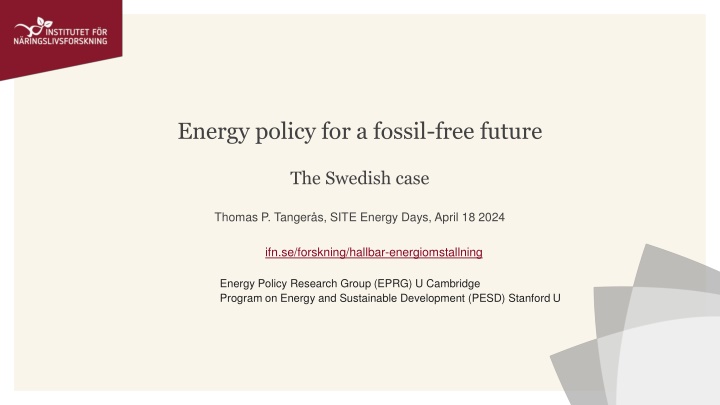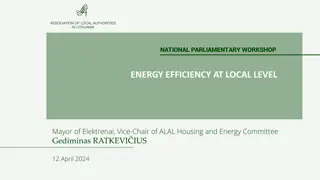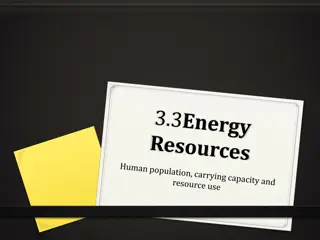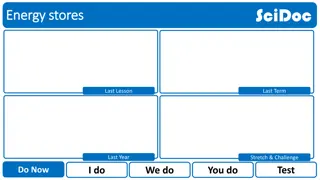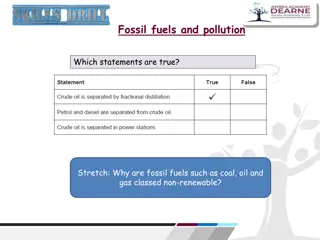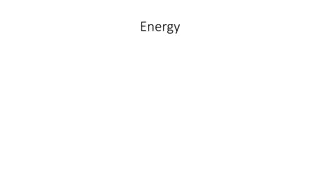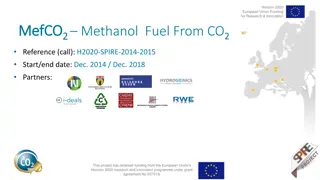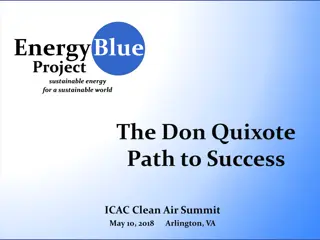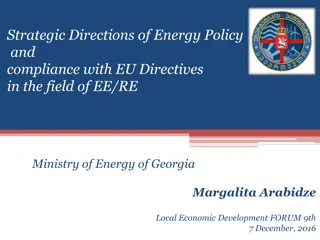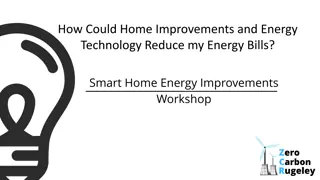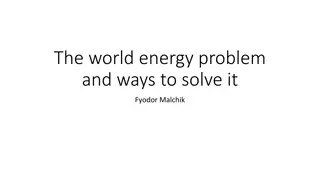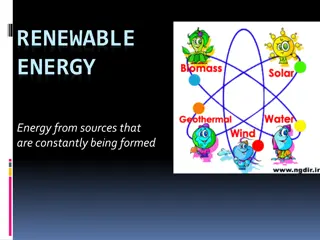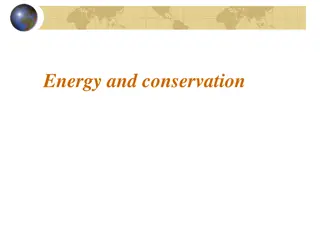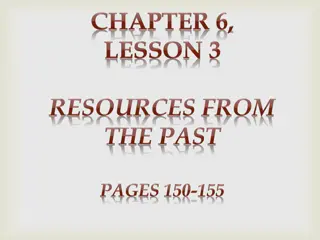Energy policy for a fossil-free future
Swedish energy policy evolution, from hydro & nuclear to renewables, balanced by market dynamics. Policy credibility challenges & focus on future-proof strategies.
Download Presentation

Please find below an Image/Link to download the presentation.
The content on the website is provided AS IS for your information and personal use only. It may not be sold, licensed, or shared on other websites without obtaining consent from the author.If you encounter any issues during the download, it is possible that the publisher has removed the file from their server.
You are allowed to download the files provided on this website for personal or commercial use, subject to the condition that they are used lawfully. All files are the property of their respective owners.
The content on the website is provided AS IS for your information and personal use only. It may not be sold, licensed, or shared on other websites without obtaining consent from the author.
E N D
Presentation Transcript
Energy policy for a fossil-free future The Swedish case Thomas P. Tanger s, SITE Energy Days, April 18 2024 ifn.se/forskning/hallbar-energiomstallning Energy Policy Research Group (EPRG) U Cambridge Program on Energy and Sustainable Development (PESD) Stanford U
Energy policy in Sweden Long been driven by ambition to increase energy security of supply through electrification Hydro power expansion program during and after WWI Nuclear expansion program after WWII, vindicated by 1970ies oil crisis (12 reactors 1972-85) Three Mile Island accident put a stop to the nuclear program through 1980 referendum No new nuclear power Phase-out of reactors in view of the need for electrical power, employment and welfare, but no later than 2010 Barseb ck 1 (1999) and 2 (2005) Liberalization of electricity market in 1996
Energy policy in the new millenium First renewable push in 2003 EU Renewable Directive (2001/77/EC) Economic support system for renewable energy production (green certificate system) First nuclear renaissance in 2010 (right-wing coalition) New nuclear power allowed to replace remaining 10 reactors (market-based terms) Decisions to shut down 4 reactors in 2015 Second renewable push in 2016 (Energy agreement - left-wing coalition) 100 % renewable electricity production by 2040 No formal ban on nuclear power Second nuclear renaissance in 2022 (Tid agreement - right-wing coalition) 100 % non-fossil electricity production (300 TWh by 2045) Emphasis on new nuclear power for the energy transition (target: 10 reactors)
Renewables vs nuclear Annual electricity production (TWh) in Sweden 2002-2022 100 80 60 40 20 0 -20 Hydro Nuclear Wind and solar Other therrmal Net export Souce: statistikdatabasen.scb.se
Policy credibility Energy policy in Sweden has been short-lived since the start of the milennium Minimize risk or cost of policy reversal such as regulatory expropriation Market-based support systems Legal protection of investment Financial and ownership arrangements Less politics more market!
Institutet fr Nringslivsforskning, IFN, r en privat och oberoende stiftelse som forskar inom omr den med h g relevans f r det svenska n ringslivet.
